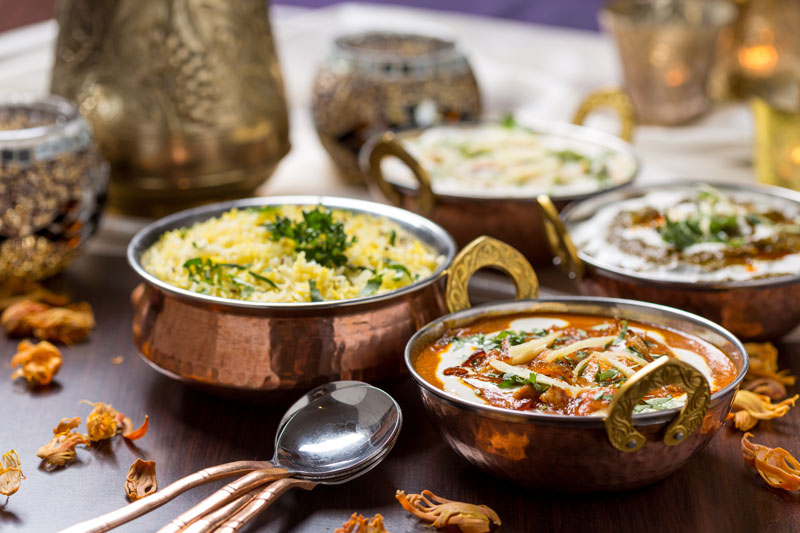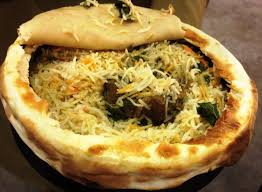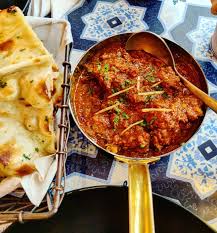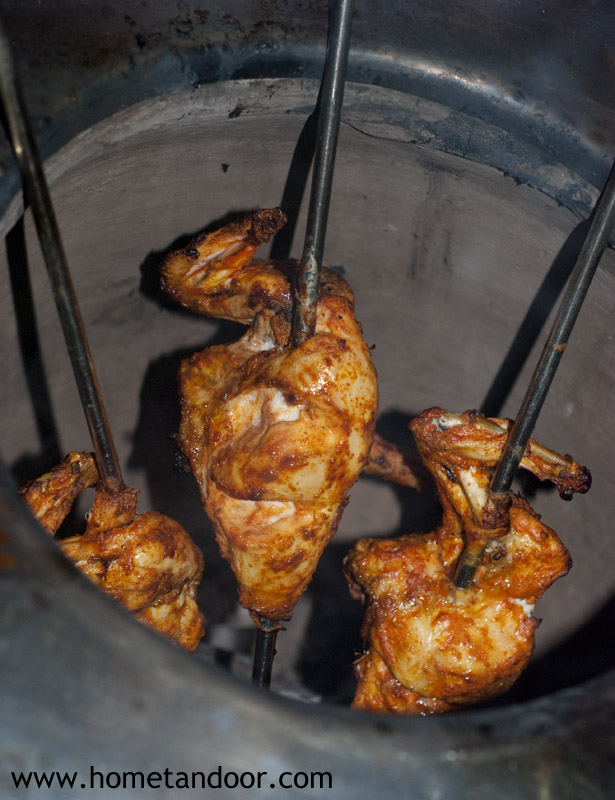Maldives , in full Republic of Maldives,
also called Maldive Islands, independent
island country i
n the north-central Indian
Ocean. It consists of a chain of about 1
,200 small coral islands and sandb
anks
(some 200 of which are inhabited),
grouped in clusters, or atolls.
The islands extend more than 510 miles
(820 km) from north to south and 80 miles
(130 km) from e
ast to west.
The northernmost atoll is about 370 miles
(600 km) south-southwest of the Indian
mainland, and
the central area,
including the capital island of Male
(Male’), is about 400 miles (645 km)
southwest of Sri Lanka.

The Maldive Islands are a series of coral
atolls built up from the crowns of a
submerged ancient volcanic
mountain range.
All the islands are low-lying, none
rising to more than 6 feet (1.8 metres)
above sea level. Barr
ier reefs protect
the islands from the destructive effects
of monsoons. The rainy season, from May
to August, is bro
ught by the southwest
monsoon; from December to March the n
ortheast monsoon brings dry and mild winds
.
The average annual temperature varies
from 76 to 86 °F (24 to 30 °C).
Rainfall averages about 84 inches
(2,130 mm
) per year. The atolls have
sandy beaches, lagoons, and a luxurian
t growth of coconut palms, together w
ith breadfruit trees
and tropical bushe
s. Fish abound in the reefs, lagoons,
and seas adjoining the islands; sea
turtles are caught for food and for
thei
r oil, a traditional medicine.
People
The population of Maldives belongs almost entirely to the Maldivian ethnic group, which is the result of various peoples settling in the islands successively through the country’s history. The first settlers, it is generally believed, were Tamil and Sinhalese peoples from southern India and Sri Lanka. Traders from Arab countries, Malaya, Madagascar, Indonesia, and China visited the islands through the centuries. The official language is an Indo-European language called Dhivehi (or Maldivian); Arabic, Hindi, and English are also spoken. Islam is the state religion.
Slightly more than half of the population is considered rural. With the exception of those living in Male, the only relatively large settlement in the country, the inhabitants of the Maldives live in villages on small islands in scattered atolls. Only about 20 of the islands have more than 1,000 inhabitants, and the southern islands are more densely populated than the northern ones. The birth rate for the Maldives is somewhat higher than the world average, but the death rate is lower. More than one-fifth of the total population is under 15 years of age.
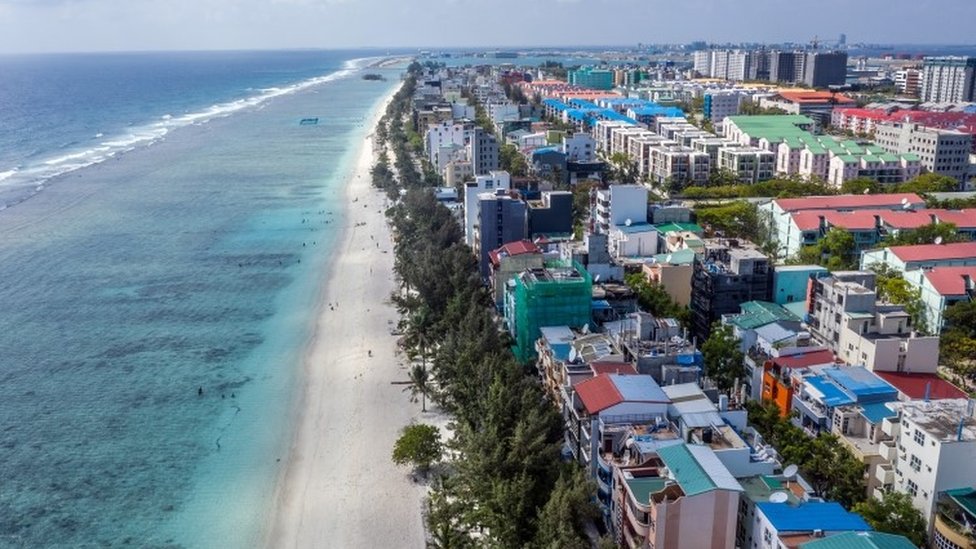
Economy
One of the poorest countries in the world, Maldives has a developing economy based on fishing, tourism, boatbuilding, and boat repairing. The gross national product (GNP) per capita is among the lowest in the world. Most of the population subsists outside a money economy on fishing, coconut collecting, and the growing of vegetables and melons, roots and tubers (cassava, sweet potatoes, and yams), and tropical fruits. Cropland, scattered over many small islands, is minimal, and nearly all of the staple foods must be imported. Fishing, the traditional base of the economy, continues to be the most important sector, providing employment for approximately one-fourth of the labour force as well as accounting for a major portion of the export earnings. Tuna is the predominant fish caught, mostly by the pole-and-line method, although a good deal of the fishing fleet has been mechanized. Most of the fish catch is sold to foreign companies for processing and export.
The Maldives national shipping line forms the basis of one of the country’s commercial industries. Tourism is a fast-growing sector of the economy. Resort islands and modern hotels in Male have attracted increasing numbers of tourists during the winter months. Industries are largely of the handicraft or cottage type, including the making of coir (coconut-husk fibre) and coir products, boatbuilding, and construction. Imports include consumer goods such as food (principally rice), textiles, medicines, and petroleum products. Fish—mostly dried, frozen, or canned skipjack tuna—accounts for the bulk of exports. The United Arab Emirates, Thailand, India, Sri Lanka, and Singapore are among the main trading partners. Since the 2010s, China has been one of the primary sources of imports and foreign direct investment. Boats provide the principal means of transport between the atolls, and scheduled shipping services link the country with Sri Lanka, Singapore, and India. There is a national airline, and the airport at Male handles international traffic.
-
Some Of the Best To Visit In Maldives
MALE

Male City is the capital of the Maldives and sits at the southern rim of North Malé Atoll. Male Maldives is untouched by the human feet and is the most preferred gateway for honeymoon seekers, couples, and water sports lovers. It is a natural paradise with lush island canopy and pictures of perfect sceneries that are an absolute treat for the eyes as well as the senses. You can escape from the hustle and bustle of the world in this natural hideaway that has palm-fringed lagoons and the most calming environment.
Male City is blessed with tons of attractions ranging from scenic parks to heritage museums and some of the most splendid art galleries. It also has an Artificial Beach where you can enjoy tons of enthralling water sports activities such as swimming, kayaking, and wakeboarding. If you're a food lover, then you're in for a treat as the city has some of the most lively cafes and restaurants where you can enjoy a wide array of tasty cuisines. It also houses the Old Friday Mosque that is the oldest mosque in the city and is known for its splendid architecture.
When it comes to adventure and fun, you can try tons of enthralling activities in Male Maldives, ranging from swimming, fishing, and witnessing carnivals and parades. If you're a shopping enthusiast, then you can stock up souvenirs for your friends and family members at Male Market that is the main shopping hub in the city. You can also buy fresh fishes at the Fish Market and marvel at the Munnaaru, which is the oldest building in the city.
Male experience tropical weather, and it has two main seasons, dry and rainy. The dry season ranges between October end until the end of March and the rainy season ranges between April end and the end of October.
Addu Atoll

Better known as Seenu Atoll, Addu Atoll happens to be Maldives’ southernmost atoll. This popular atoll comprises a myriad of well-known and beautiful islands including the Gan Island. Other places of tourist interest on Addu Atoll include Meedhoo Island, Hulhudhoo Island, Hithadhoo Island, Maradhoo Island, and Feydhoo Island. Each of these islands is covered densely with clean local villages and lined with tall and shady coconut trees.
Some of the mind-boggling activities to enjoy in Addu Atoll include diving, snorkeling, and fishing. Tourists also prefer touring the local villages and interacting with the natives to know more about the beautiful Maldivian culture.
Location: Addu Atoll is located in Addu city, at a distance of 540 kilometers from Male, in the Maldives.
Best Time to visit: July to September.













